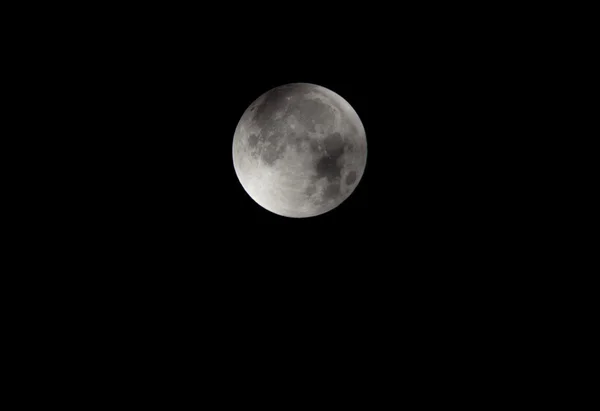
It’s been said that “the Moon is a loyal companion.” This November, that companion is showing up bigger, brighter, and with a rare celestial trick up its sleeve. The Full Beaver Moon on November 5, 2025, isn’t just the largest supermoon of the year-it’s part of a week that will thrill skywatchers with a rare occultation of the bright star Beta Tauri. Add in rich cultural lore and prime planetary alignments, and November’s night sky is set to deliver an unforgettable show.
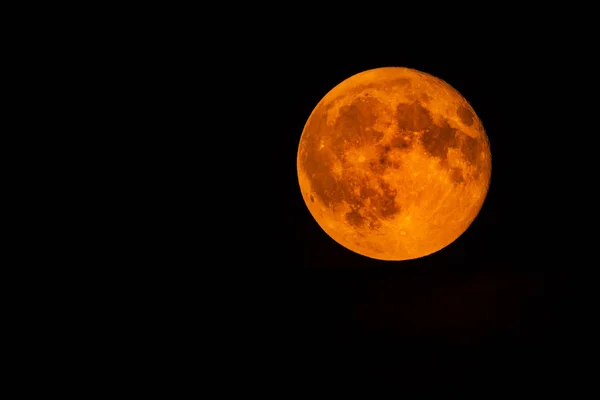
1. The Biggest and Brightest Moon of 2025
On November 5 at 8:19 a.m. Eastern Time (1319 GMT), the Beaver Moon reaches full illumination. This year’s version is a supermoon when the Moon is at perigee, its closest point to Earth in its elliptical orbit. At about 221,700 miles (356,800 km) away, it will appear up to 14% larger and 30% brighter than the faintest full moon of the year. While the size difference is subtle to the naked eye, its brilliance will be unmistakable, especially in areas with minimal light pollution.

2. Global Viewing Times and Tips
Because full phase is measured relative to Earth’s position, exact viewing times differ. In Los Angeles, the Moon is full at 5:19 a.m., just before sunrise in New Delhi, it peaks at 6:19 p.m. in Sydney, it occurs at 12:19 a.m. on November 6. For the most dramatic views, watch it near the horizon during moonrise or moonset to experience the “Moon illusion,” where it appears unusually large against foreground landmarks.

3. Rare Occultation of Beta Tauri
Two days later, on the night of November 7–8, the Moon will occult Beta Tauri (Elnath), a bright star marking the tip of Taurus’s horn. This rare event will be visible from parts of South America and Africa. In Formosa, Argentina, Elnath disappears behind the Moon at 11:03 p.m. local time and reemerges at 11:34 p.m. In Dakar, Senegal, the star vanishes at 3:06 a.m. and returns at 4:29 a.m., with the Moon nearly overhead. Outside the occultation zones, observers will still enjoy a close conjunction between the two.
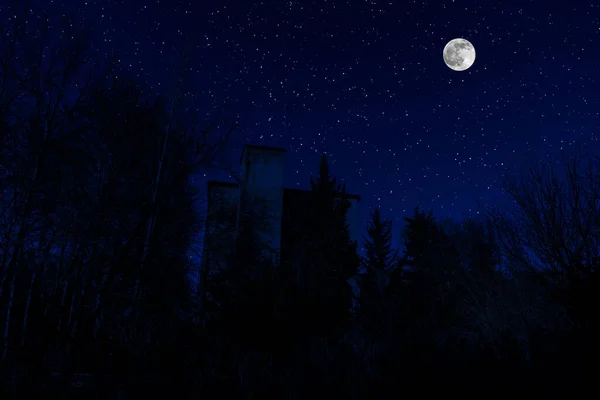
4. Cultural and Historical Significance
The name Beaver Moon derives from Native American and colonial traditions to denote the fact that this full moon signals the time when beavers withdraw to lodges for winter. The Cree call it Kaskatinowipisim (“Freeze Up Moon”), the Cherokee know it as the “Trading Moon,” and the KhoiKhoi of South Africa call it the “Milk Moon.” In India, this full moon coincides with celebrations of Guru Nanak’s birth, adding spiritual resonance to the night.
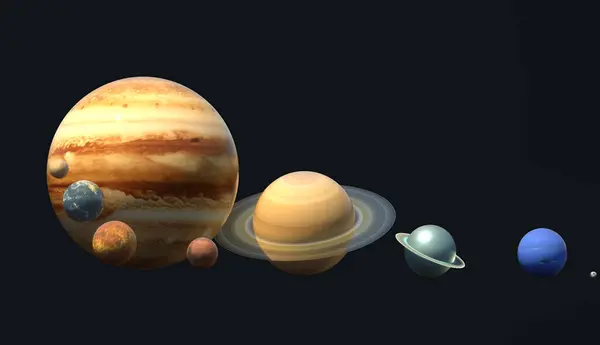
5. Planetary Companions in the Night Sky
The Moon will not be the only one putting on a show for its observers. Saturn can be seen from dusk until early in the morning, yellow-white in Aquarius. Jupiter rises late in evening and reaches high altitudes toward dawn with the twin stars Castor and Pollux. Venus rises pre-dawn, but is low on the horizon for most observers. Saturn and Jupiter are higher above the Southern Hemisphere skies, offering ideal viewing conditions.
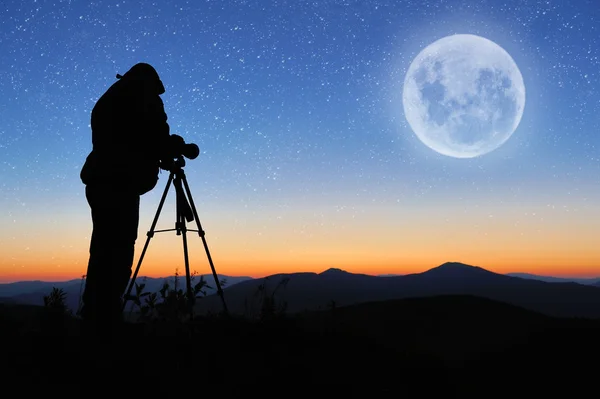
6. Best Practices for Photographing the Supermoon
While capturing the supermoon’s grandeur is better done with preparation, it’s definitely worth giving it a go. Use a tripod to avoid blur, set ISO low (around 100-200), and start with an aperture of f/8. The shutter speeds between 1/125 and 1/250 second help freeze lunar motion. Apps such as PhotoPills can plot the Moon’s rise over scenic landmarks for creative composition. For more detail, a telephoto lens of 200mm or longer-or even a telescope with a T-ring adapter-will reveal craters and maria in sharp relief.
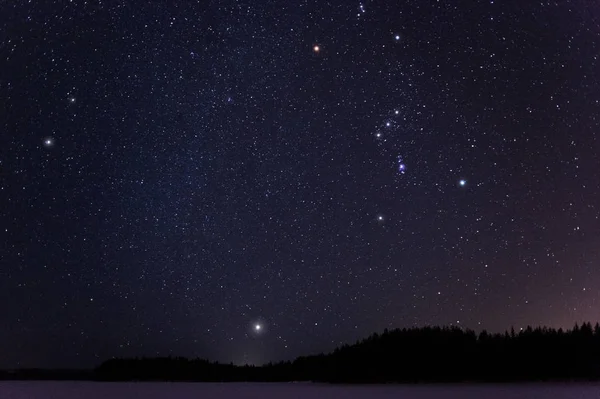
7. Star Clusters and Constellations to Look For
To the northeast will be Capella in Auriga and Aldebaran in Taurus, forming a right triangle with the Moon around full. By 10 p.m., Orion’s Belt climbs above the horizon, with Betelgeuse and Rigel standing guard on either side. Brightest star in the sky Sirius rises late, but its blue-white sparkle is worth staying up for. Southern Hemisphere observers will see Canopus low in the south, Achernar high overhead.
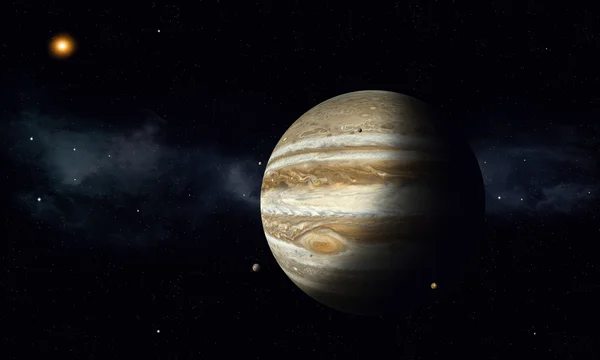
8. How Planetary Alignments Enhance the View
The proximity of the Moon to Saturn and Jupiter this week creates striking visual pairings. On November 6–7, it passes near Jupiter, with bright Capella and reddish Betelgeuse nearby. These alignments make for rich photographic opportunities, especially when framed with terrestrial features.

9. Preparing for the Experience
For the clearest views, take yourself to a dark-sky location and allow 20–30 minutes for your eyes to adjust. Check local moonrise and moonset times, and bring binoculars for better detail. Without a telescope, the brightness of the supermoon and the drama of the occultation will be easy to appreciate.
The supermoon Beaver Moon in November offers more than a glowing spectacle a convergence of astronomical rarity, cultural heritage, and planetary beauty. Capture its rise in photographs, watch it eclipse a star behind its disk, or simply bask in its light-this week has invited everyone to look up and connect with the rhythms of the sky.


